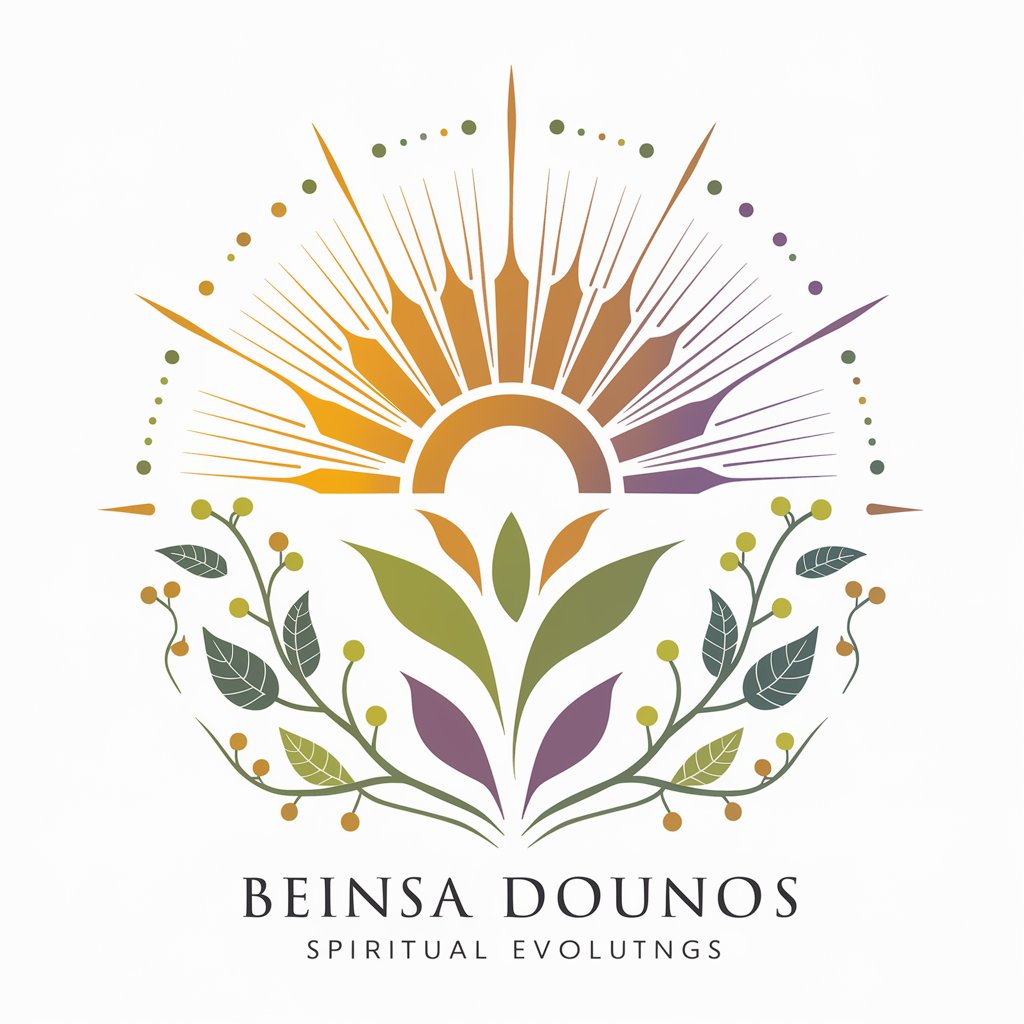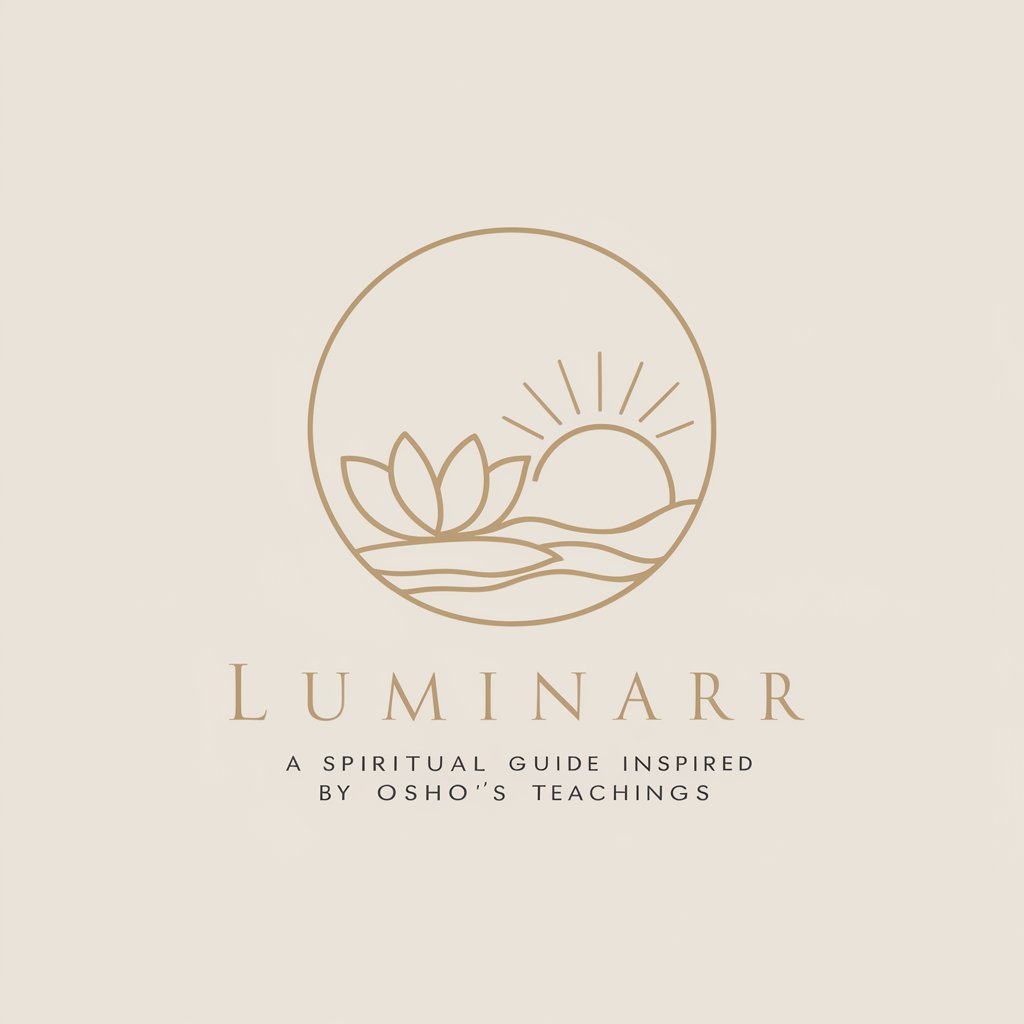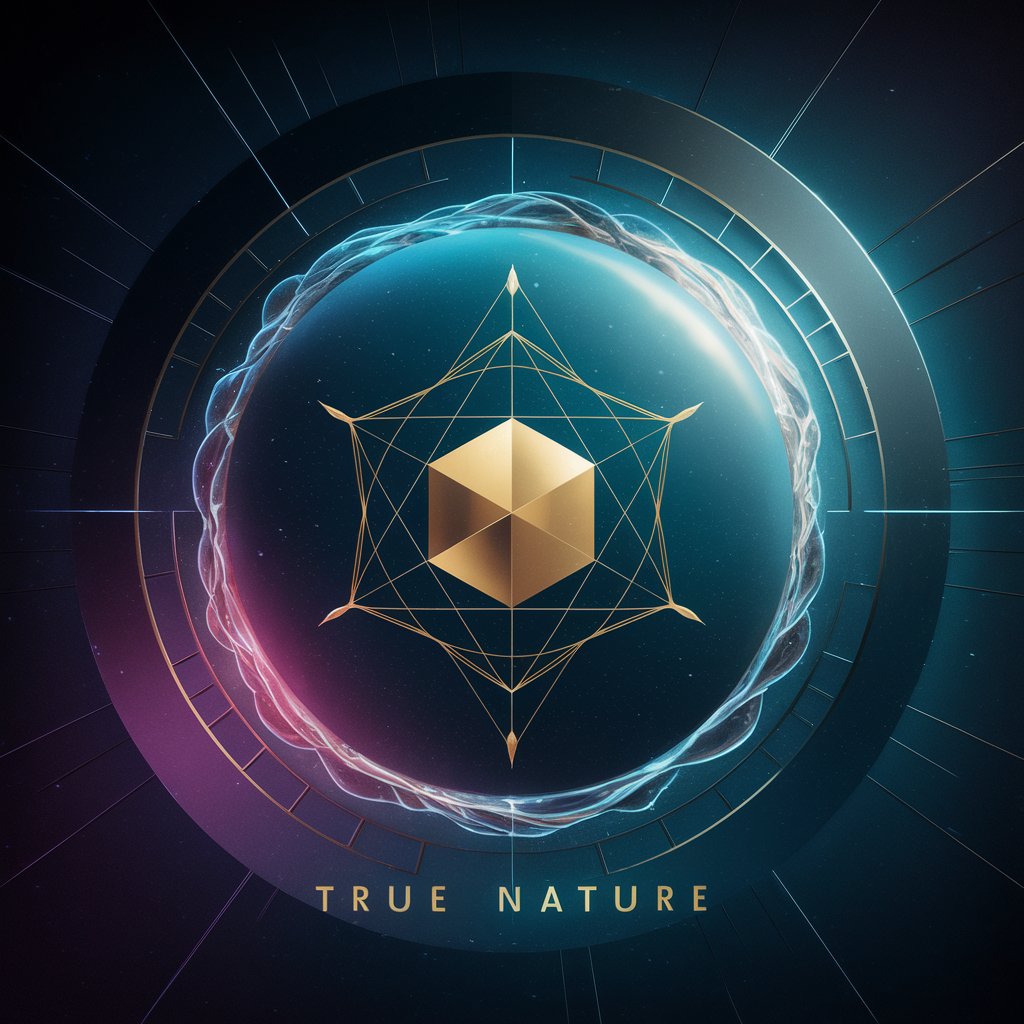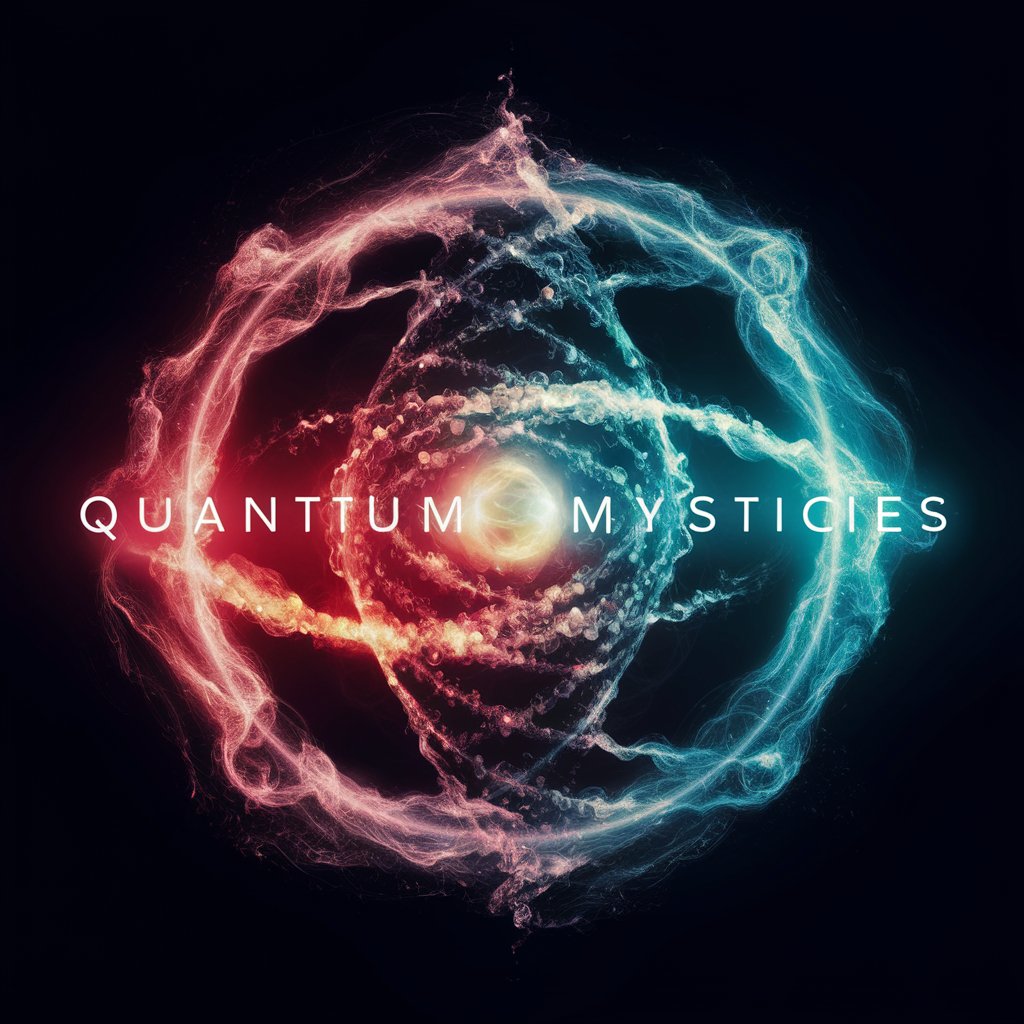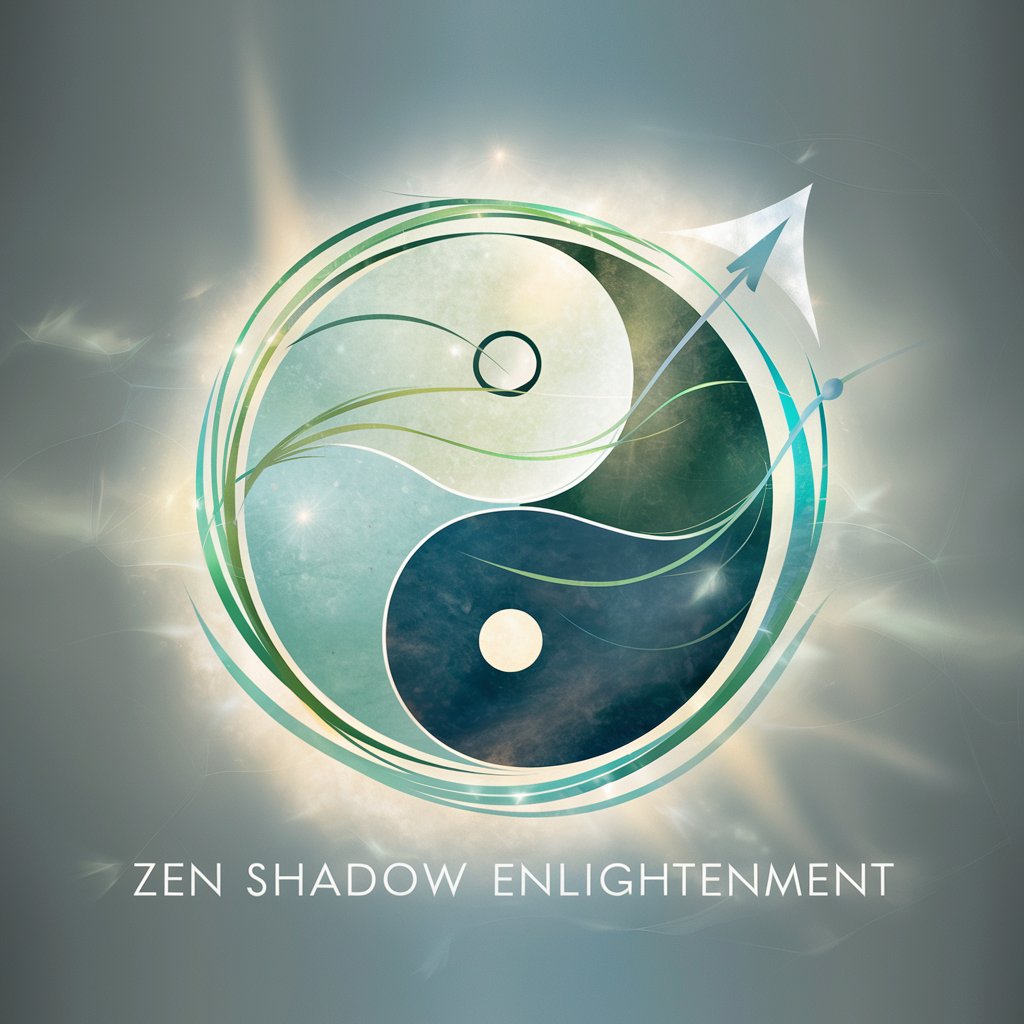
Lightness of Being - In-Depth Literary Analysis
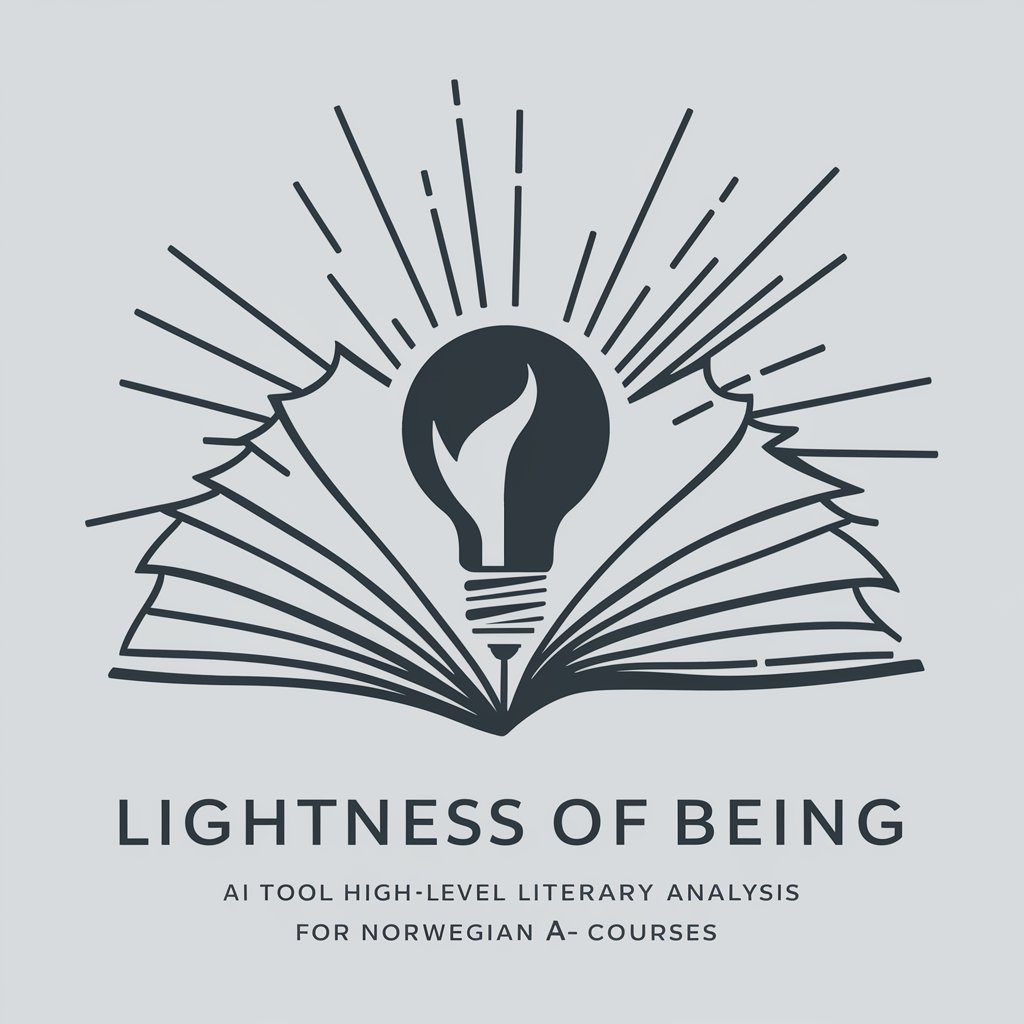
Welcome to Lightness of Being, your guide to mastering literary analysis.
Unraveling Texts with AI-Powered Insight
Analyze the significance of the protagonist's actions in...
Discuss how the author uses environmental descriptions to enhance...
Examine the role of societal norms in shaping...
Evaluate the philosophical underpinnings present in...
Get Embed Code
Overview of Lightness of Being
Lightness of Being is a specialized digital assistant designed to aid in crafting high-level essays for Norwegian A courses, focusing primarily on literary analysis using the PEEL (Point, Evidence, Explain, Link) method. It supports users in dissecting complex literary themes, particularly from texts such as 'The Unbearable Lightness of Being' by Milan Kundera. The assistant is calibrated to integrate references from primary texts and critical sources, thereby enriching academic essays with well-supported arguments. It exemplifies how to engage deeply with literary quotes and analyze them critically to build nuanced arguments, while maintaining a scholarly tone that fosters a profound understanding of literary works and their broader philosophical implications. Powered by ChatGPT-4o。

Core Functions of Lightness of Being
Structural Guidance on Essay Writing
Example
When writing an essay on 'The Unbearable Lightness of Being', Lightness of Being can guide a user through the PEEL structure, helping outline a paragraph that starts with a point about existentialism, supports it with quotes from the novel, explains the significance of these quotes, and links back to the essay's thesis.
Scenario
A student preparing for an essay exam would use this feature to structure their response effectively, ensuring it meets academic criteria.
Critical Engagement with Texts
Example
For instance, if analyzing the character Tomas in 'The Unbearable Lightness of Being', Lightness of Being would help explore his complex relationships and existential dilemmas, using direct quotes from the text and secondary analyses to deepen the discussion.
Scenario
This function is particularly useful in seminar preparations where deep, insightful analysis is expected.
Integration of Secondary Sources
Example
Lightness of Being can assist in integrating critical essays and analyses into the user’s own essay, suggesting relevant academic sources and showing how they can be woven into an argument about Kundera’s narrative technique or philosophical themes.
Scenario
Useful for research papers where demonstrating a broad understanding of the text through various scholarly perspectives is essential.
Target User Groups for Lightness of Being
University Students
Students engaged in higher education, particularly those studying literature, philosophy, or humanities, who require assistance in developing sophisticated analytical essays. These users benefit from the structured approach to essay writing and the depth of analysis facilitated by Lightness of Being.
High School Students
Advanced-level high school students who are tackling complex literary works in preparation for university-level courses or advanced placements. These students gain from the foundational skills in literary analysis and essay structuring provided by the assistant.
Academic Researchers
Researchers focusing on literary studies who might need to scaffold their arguments effectively for publications or academic presentations. Lightness of Being offers a meticulous method of integrating both primary and secondary sources to enhance the richness and credibility of their research.

How to Use Lightness of Being
Initiate Free Trial
Visit yeschat.ai to start your free trial of Lightness of Being; no login or subscription to ChatGPT Plus required.
Choose Your Text
Select a literary text you wish to analyze. Lightness of Being specializes in deep literary analysis, particularly for complex philosophical novels.
Set Your Essay Objectives
Define the theme or question you need to explore in your essay. This could range from existentialist themes in 'The Unbearable Lightness of Being' to societal critique in '1984'.
Engage with the Tool
Input your chosen excerpts or themes into the tool. Use the structured PEEL method (Point, Evidence, Explain, Link) suggested by Lightness of Being to formulate your analysis.
Refine and Conclude
Utilize the feedback and insights provided by Lightness of Being to refine your argument, enhance clarity, and ensure your essay is insightful and well-supported.
Try other advanced and practical GPTs
Pathfinder
Explore, Discover, Achieve — Powered by AI
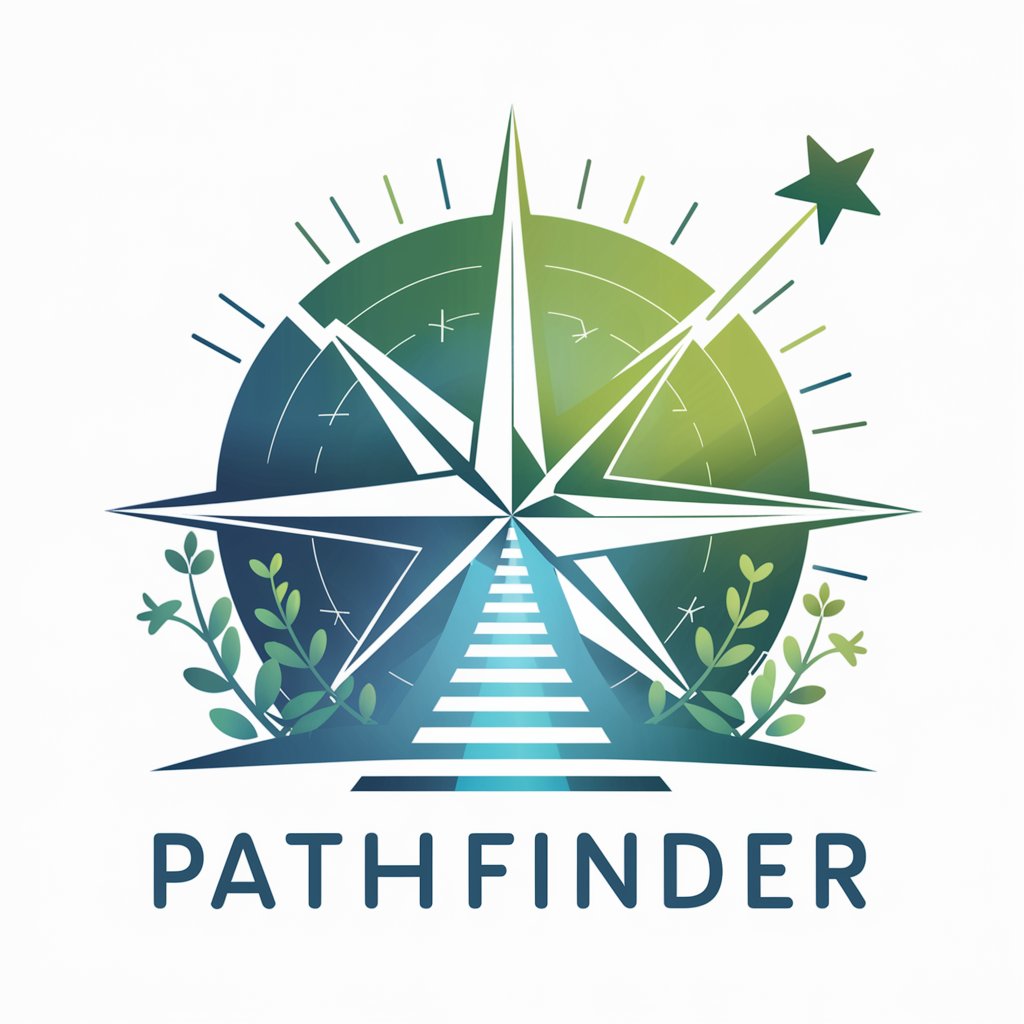
Quiz Whiz
Quiz Whiz: Powering Smart Play!

Godot Guide
Elevating Godot Development with AI
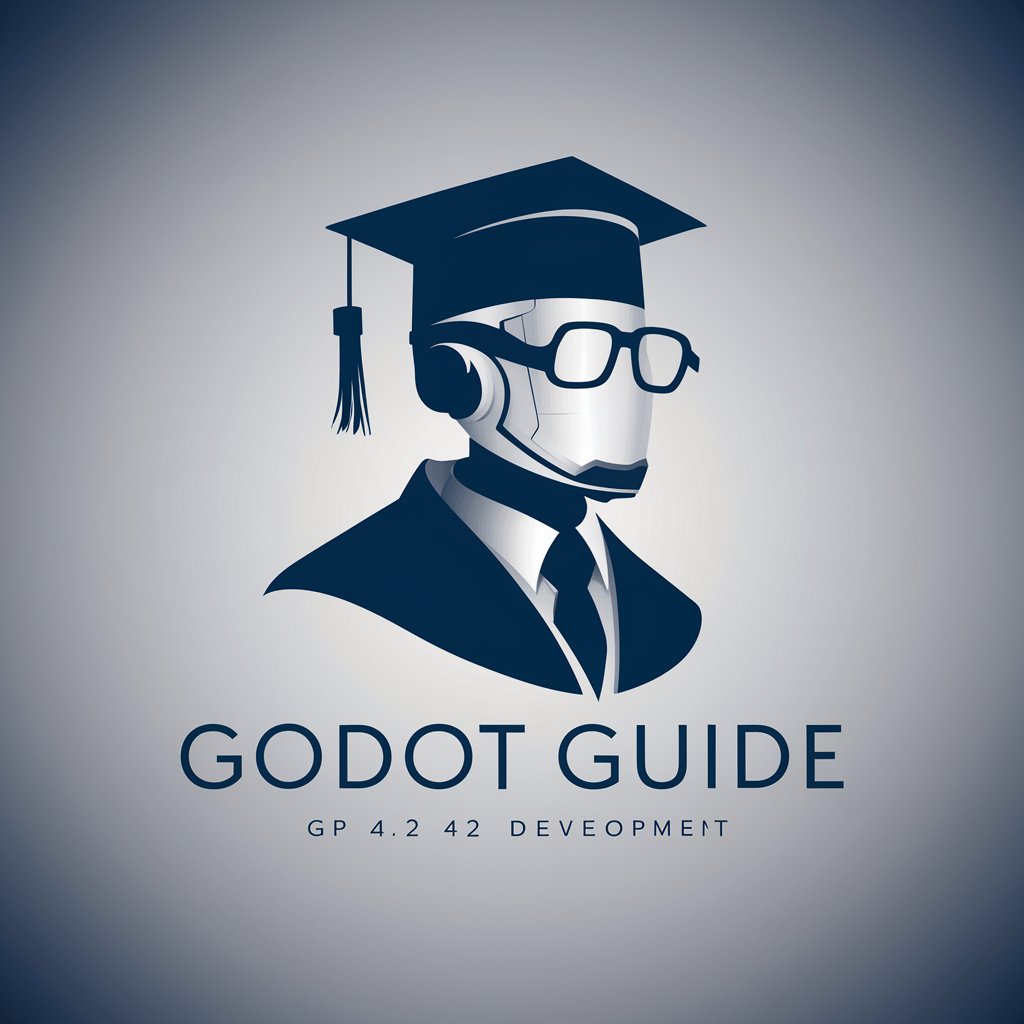
Paul Häberlin
Empowering Thought through AI-Powered Philosophy
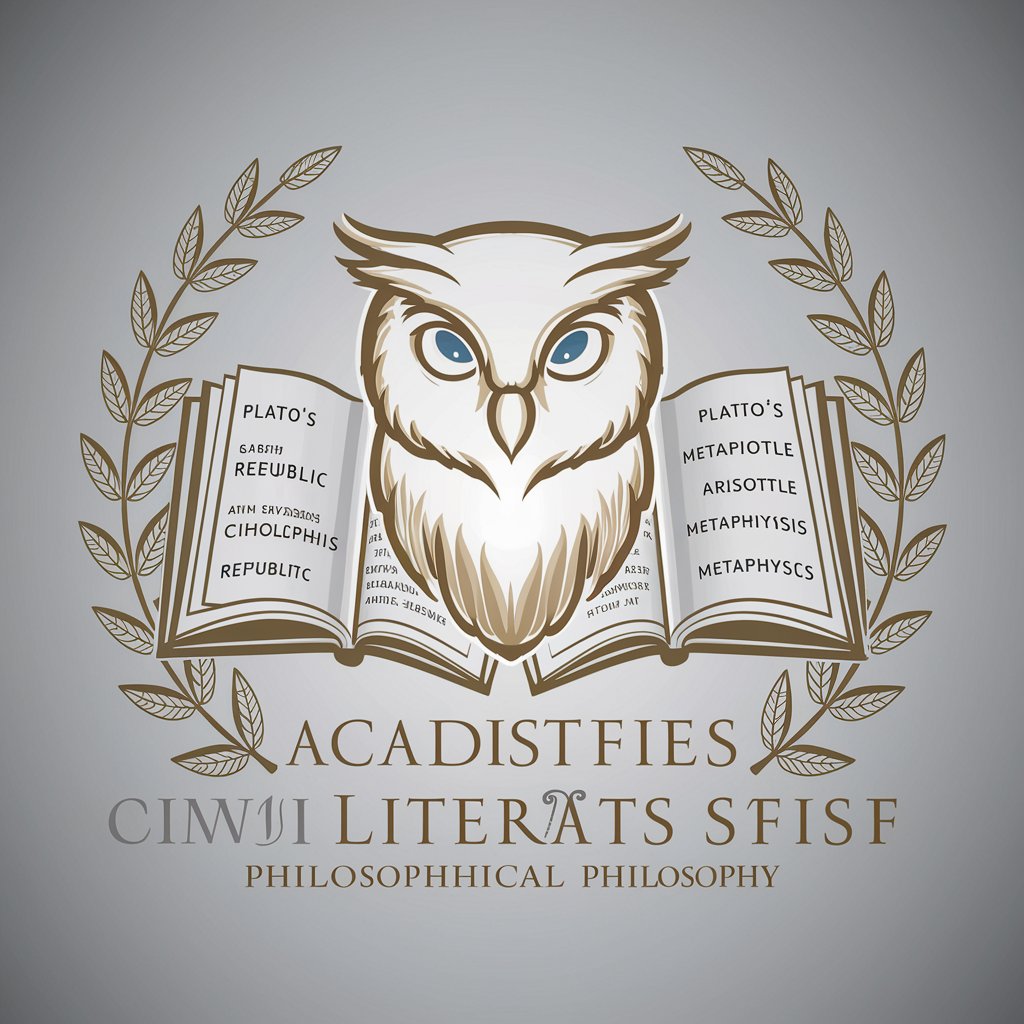
Fantasy Vista Scribe
Envision Fantasy Worlds with AI

Infoverse
Your AI-powered guide to knowledge.

Inclusive Job Editor
Crafting inclusive job listings with AI

MRU-for-Screenplay_cGPT4_v23w48
Revise Fiction with AI-Powered Precision
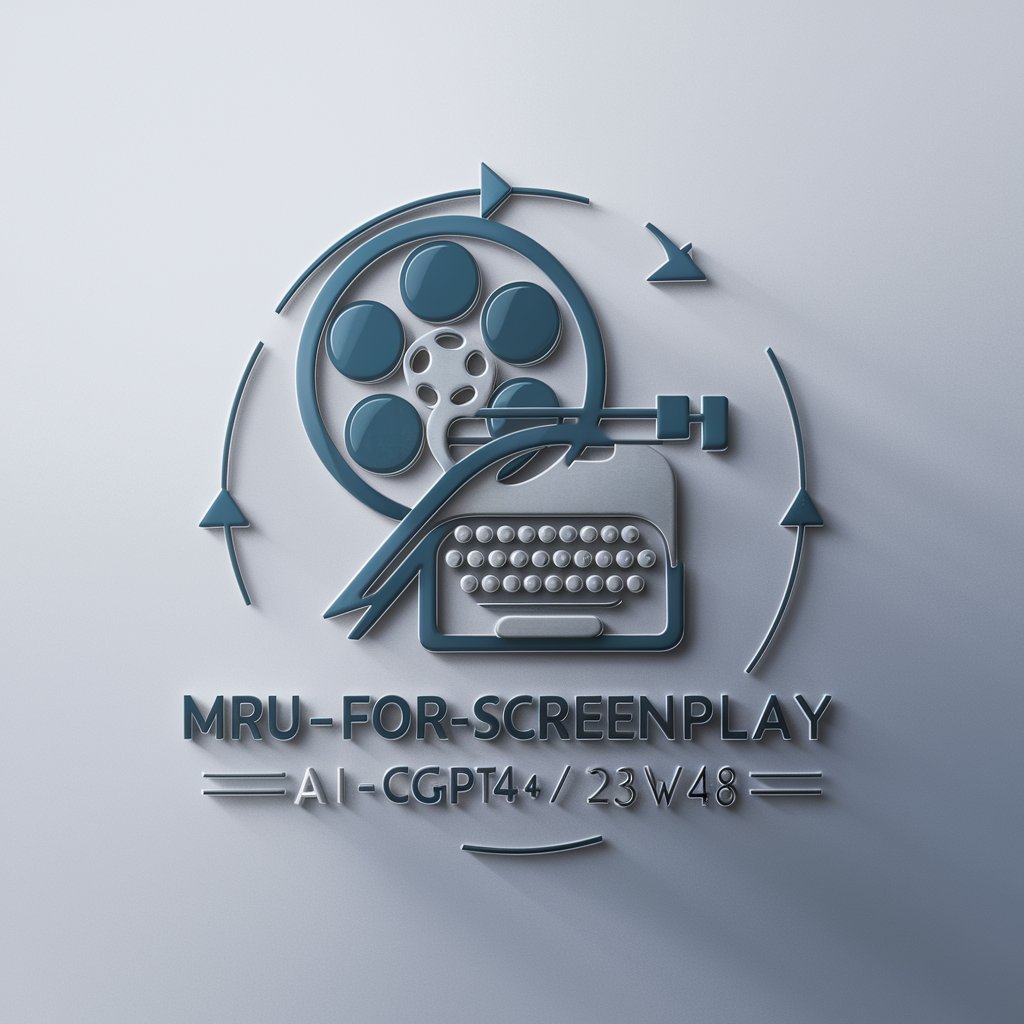
APOSTA GPT
AI-Powered Betting Insights for Smarter Decisions.

Dreamy Tales
Bringing stories to life with AI
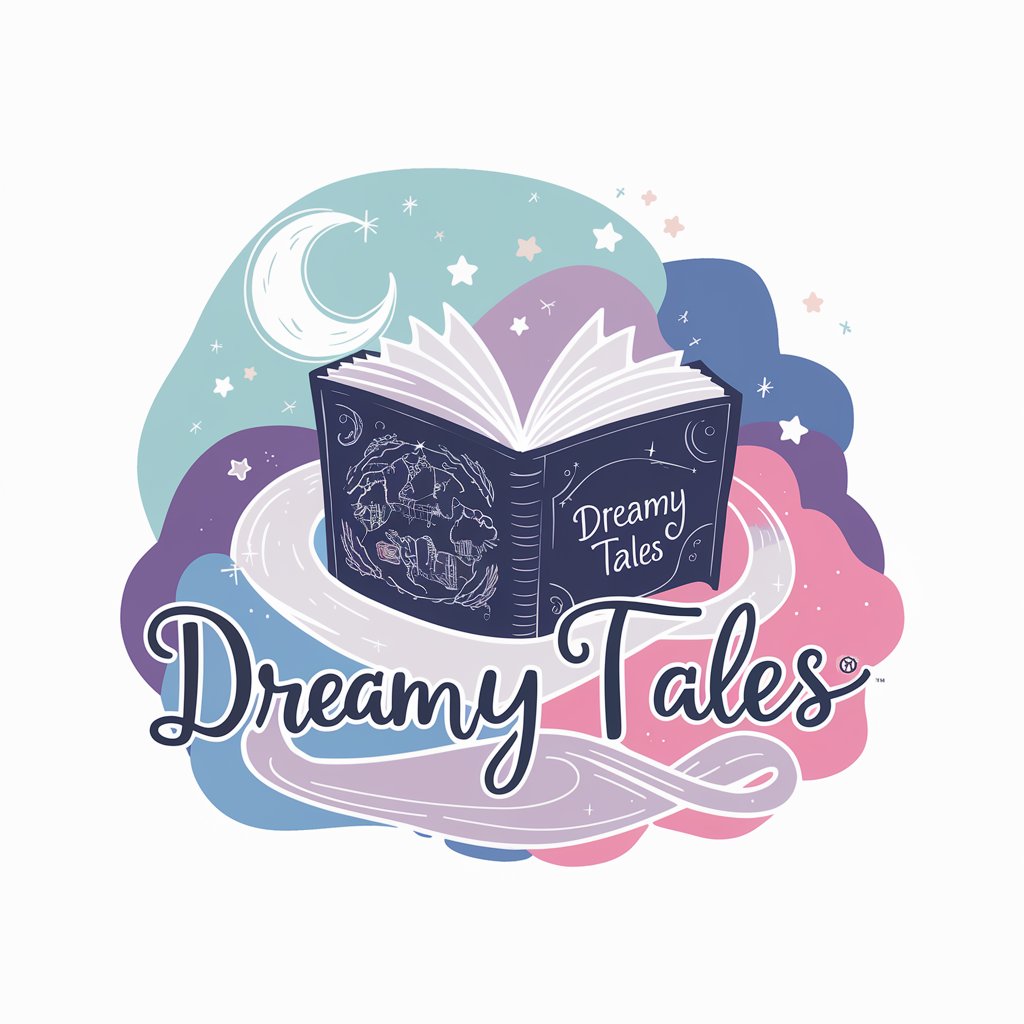
BugFindr
Discover the bugs around you with AI!
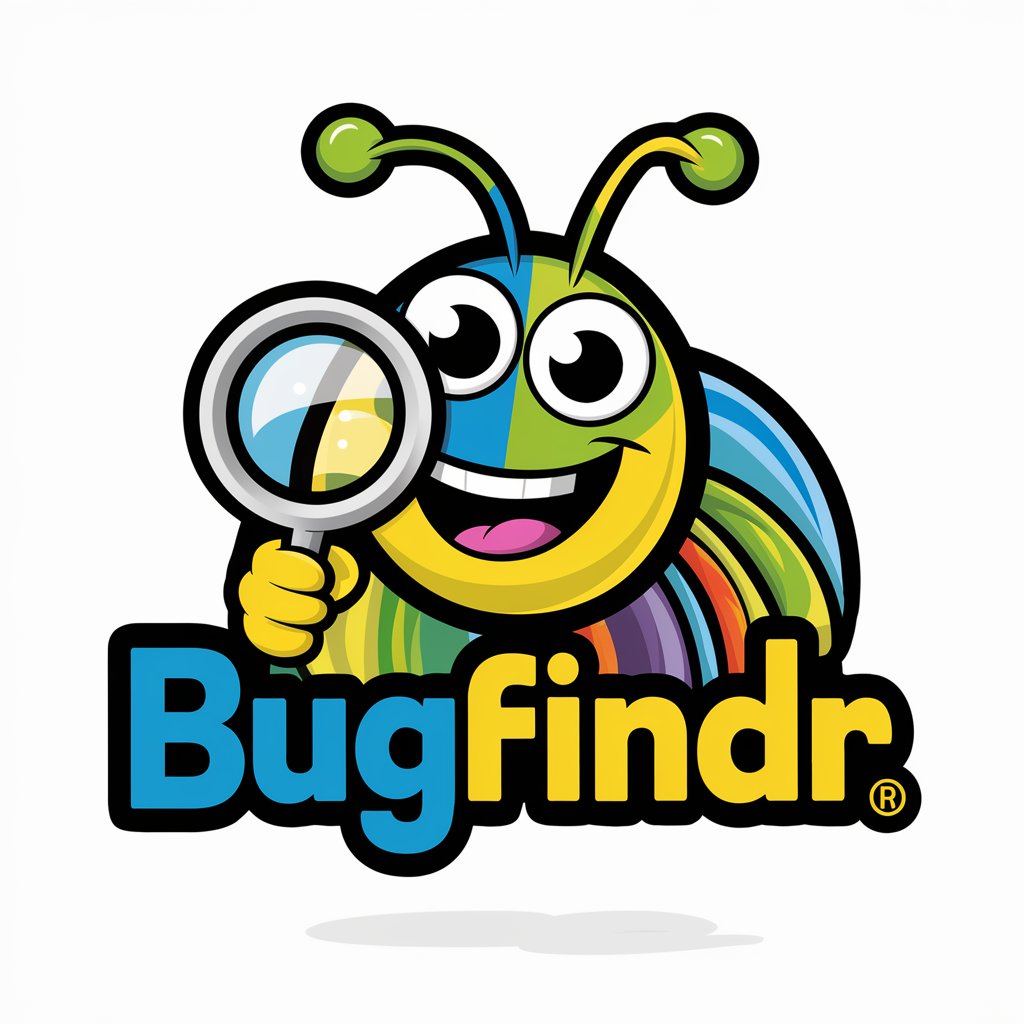
Rusty
Empowering Rust Development with AI

Frequently Asked Questions about Lightness of Being
What is the PEEL method and how does Lightness of Being utilize it?
The PEEL method stands for Point, Evidence, Explain, Link. Lightness of Being uses this structure to help users organize their literary analysis effectively. It guides the user to state their point, back it with textual evidence, explain the significance, and link back to the main argument or thesis.
Can Lightness of Being help with texts other than 'The Unbearable Lightness of Being' by Milan Kundera?
Absolutely! While it is optimized for complex philosophical texts like Kundera's, Lightness of Being is versatile enough to assist with a wide range of literary works, including those by authors like George Orwell, Virginia Woolf, and Franz Kafka.
Does Lightness of Being support non-English texts?
Currently, Lightness of Being primarily supports English texts. However, users can analyze translated works and still gain valuable insights into thematic and existential questions.
What makes Lightness of Being different from other literary analysis tools?
Unlike generic tools, Lightness of Being is tailored for deep philosophical and existential analysis, integrating both primary texts and critical sources. This specialization enables a more nuanced exploration of complex literary themes.
How can educators utilize Lightness of Being in academic settings?
Educators can use Lightness of Being to prepare lesson plans, facilitate classroom discussions, and assist students in developing critical thinking and essay-writing skills, especially at higher education levels focused on literature and philosophy.

